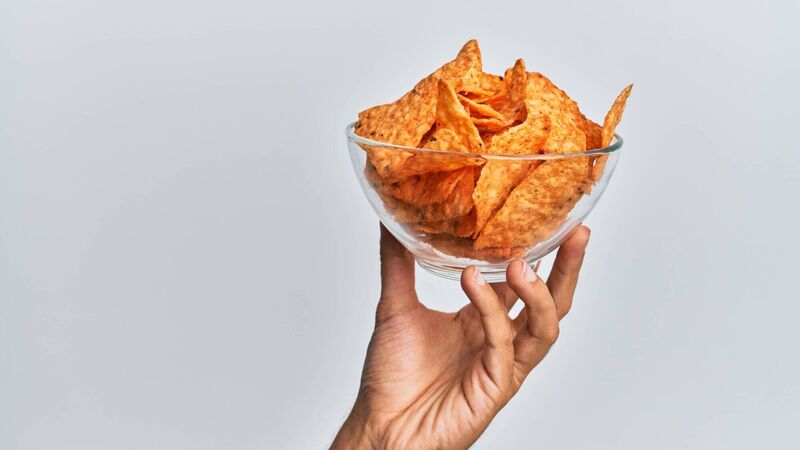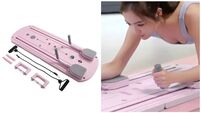Snack attack: Reaching for treats between meals could lead to health issues

Picture: iStock
The way we eat is changing. The Ireland of the 1980s and 1990s was a country where people ate three meals a day and snacks and treats were a rarity. The opposite is true today with many of us moving from regular meals to grazing all day long.

Celebrating 25 years of health and wellbeing








